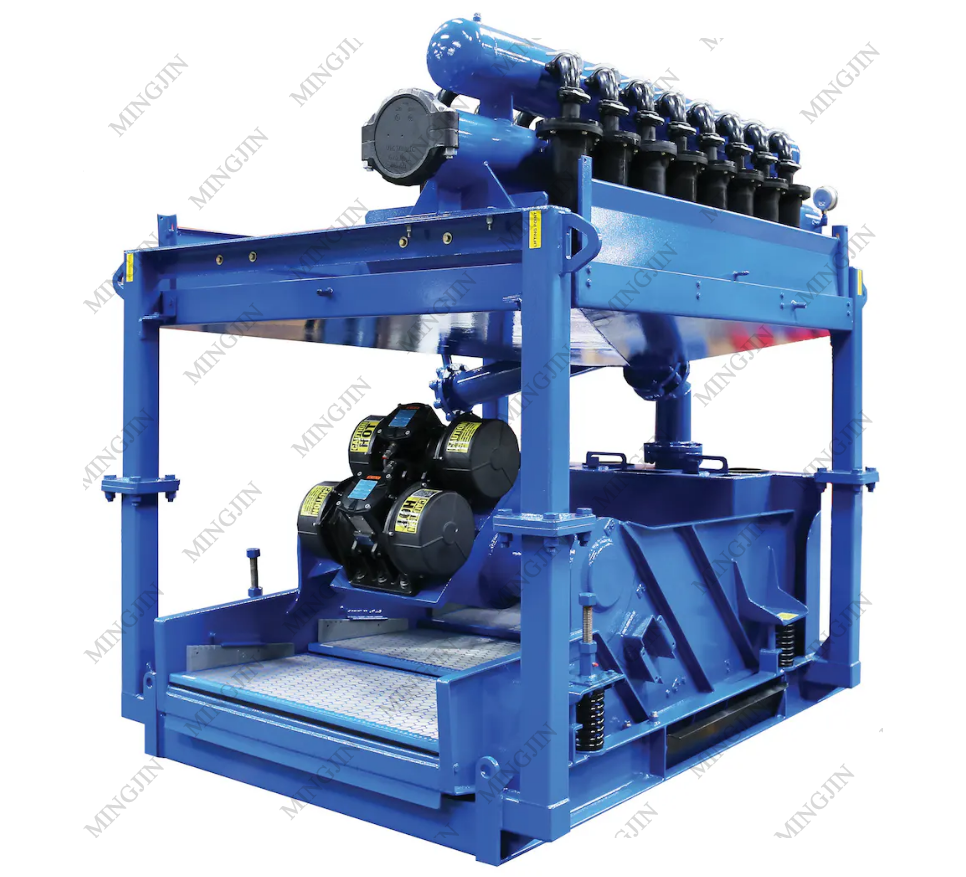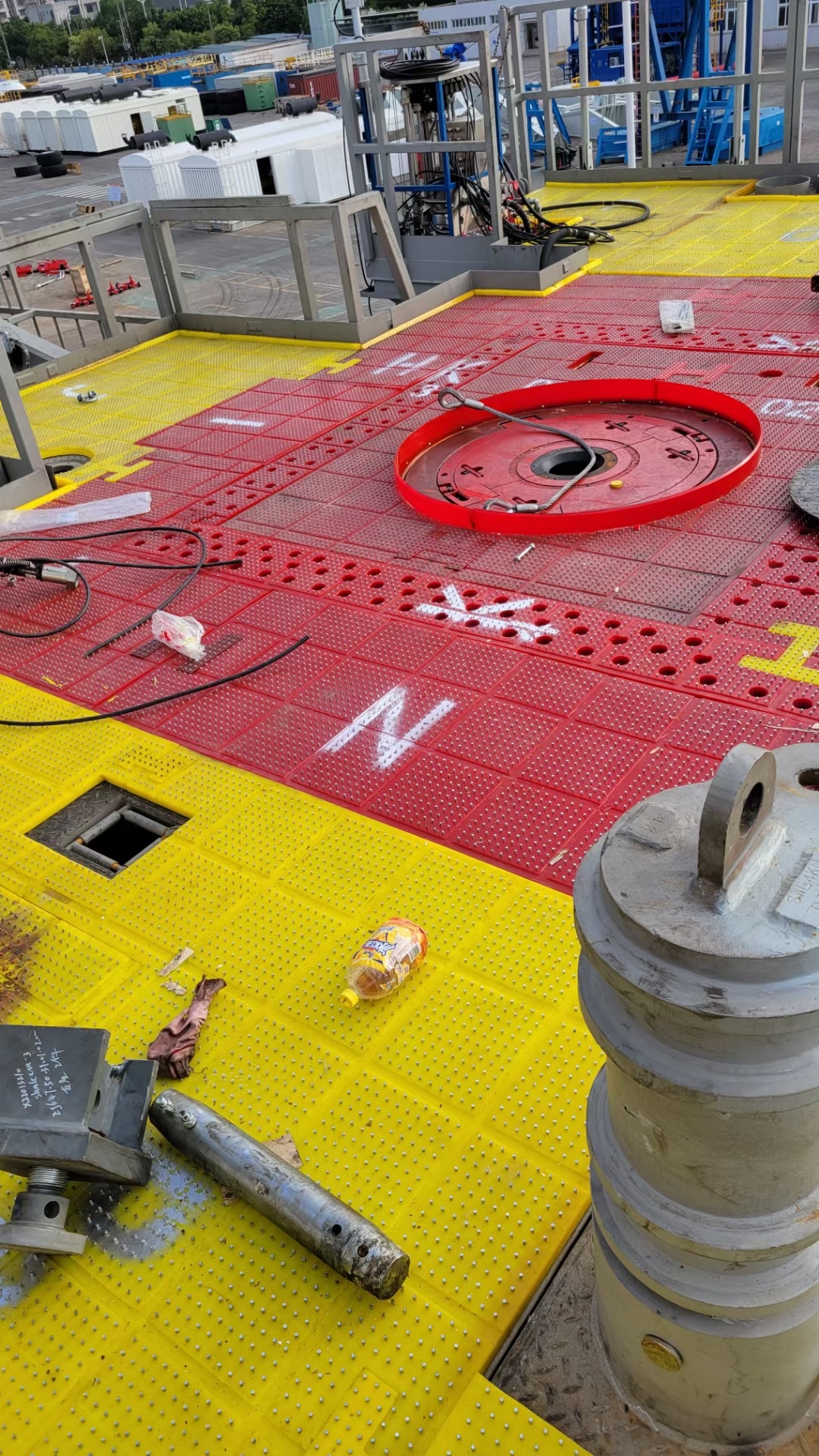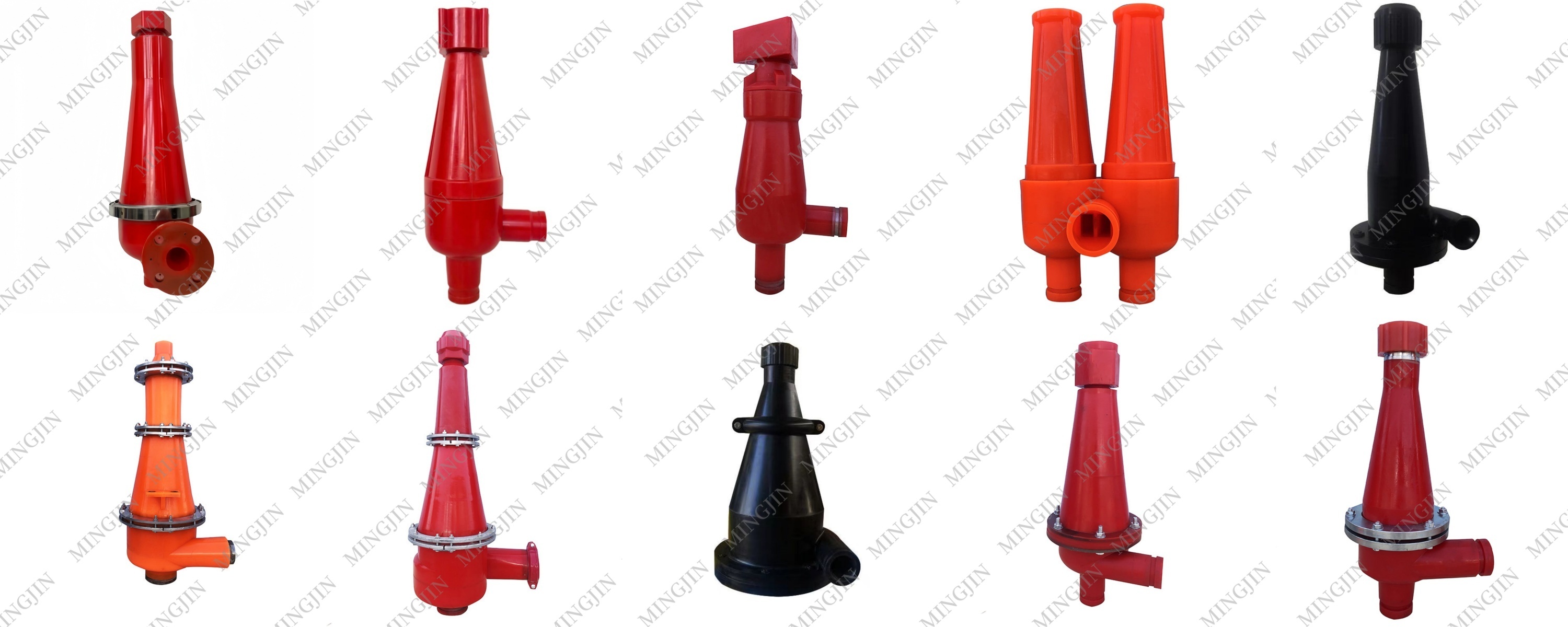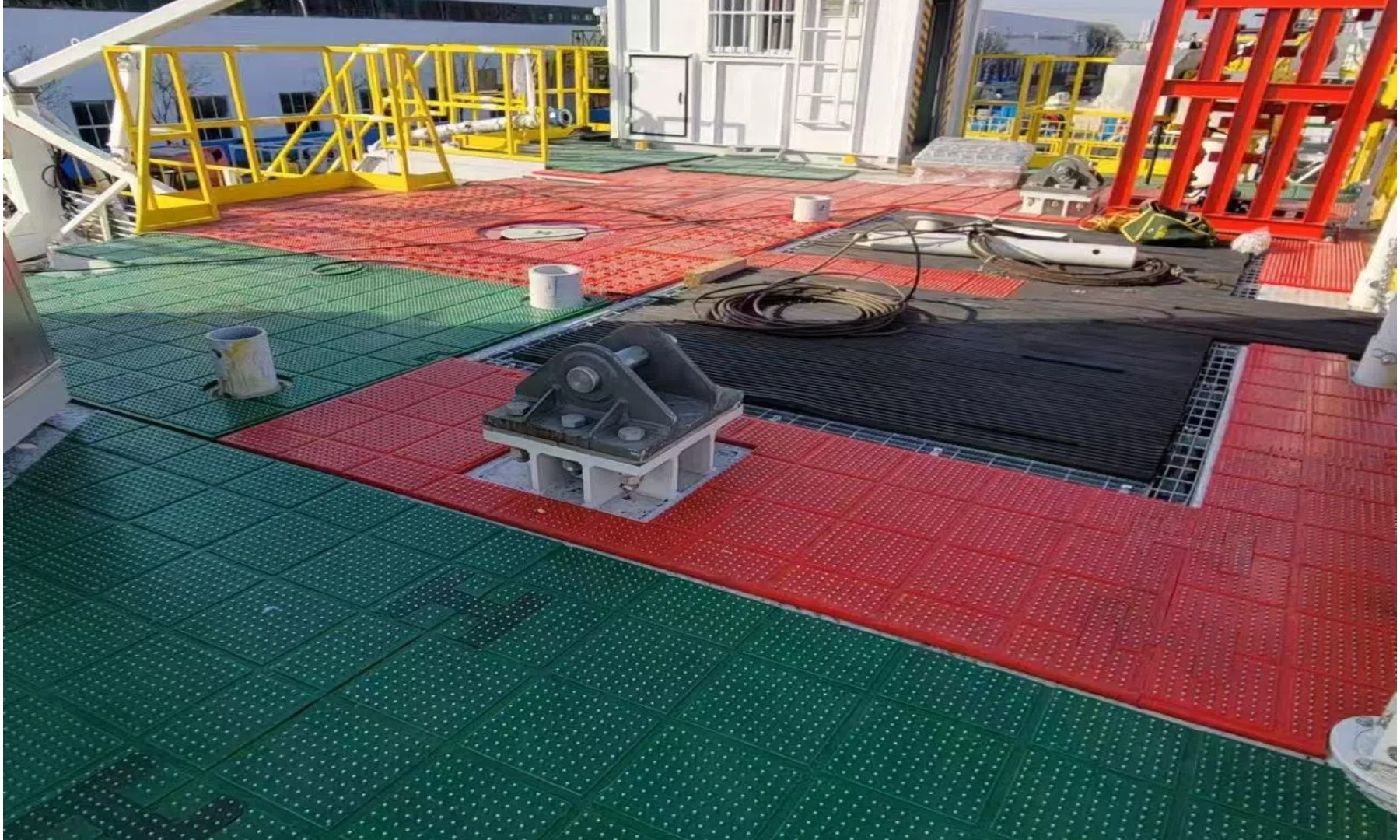Understanding the Working Principle of a Desilter Cone
May 16,2025
Dive into the working principle of a desilter cone and discover its crucial role in fluid separation.

What Is a Desilter Cone?
So, you’re diving into the world of fluid separation? Great choice! Let’s kick things off with the basics. A desilter cone is an essential piece of equipment used primarily in the drilling industry. Its main job? To separate unwanted solids from drilling fluids, which helps maintain the efficiency and effectiveness of the drilling process. Sounds nifty, huh?
How Does It Work?
Now, let’s get into the nitty-gritty of how this thing works. Picture this: drilling mud flows into the desilter cone at a specific rate. As it enters, the shape of the cone creates a whirlpool effect. This motion is crucial because it causes heavier particles to drop down to the bottom while the cleaner fluid moves upward, ready to be recirculated. It’s like magic, but with science!
The Components of a Desilter Cone
Every magician has their tricks, right? Well, a desilter cone has its components that make it work effectively. The main parts include:
- Conical Body: This is the tapered shape that helps in the separation process.
- Underflow Outlet: Where the separated solids exit the system — think of it as the cone's exit door.
- Overflow Outlet: This is where the purified drilling fluid flows out, ready for reuse.
- Hydrocyclones: These little beasts enhance the separation process by creating centrifugal forces.
Why Is It Important?
Alright, hold up! Why should you even care about a desilter cone? Well, let’s break it down. Efficient solid-liquid separation is crucial in drilling operations. If you don’t have a good desilter cone, you might face:
- Increased Costs: More solids mean more wear and tear on equipment, leading to higher maintenance costs.
- Reduced Efficiency: Dirty drilling fluid can slow down operations and affect the overall drilling performance.
- Environmental Concerns: Properly managing waste is not just good practice; it’s a necessity!
Applications of a Desilter Cone
These bad boys are versatile! A desilter cone isn’t just limited to oil and gas drilling. You’ll find them in:
- Mining Operations: Helps in separating minerals from slurries.
- Construction: Used in dewatering processes to maintain site integrity.
- Wastewater Treatment: Assists in purifying water by removing sediments.
Tips for Maintaining Your Desilter Cone
Like any good piece of equipment, a little TLC goes a long way. Here are some tips to keep your desilter cone in tip-top shape:
- Regular Inspections: Check for clogs and wear regularly.
- Proper Flushing: Keep those channels clear by flushing the system when necessary.
- Monitor Flow Rates: Consistent flow is key to effective separation.
Conclusion
To wrap it up, the desilter cone is more than just a piece of equipment; it’s a game-changer in the realm of fluid management. Understanding its working principle and importance can save you time, money, and headaches in the long run. So, whether you’re in the drilling industry or another field that requires solid-liquid separation, you now know the ins and outs of this nifty contraption. Happy drilling!
Key words:



